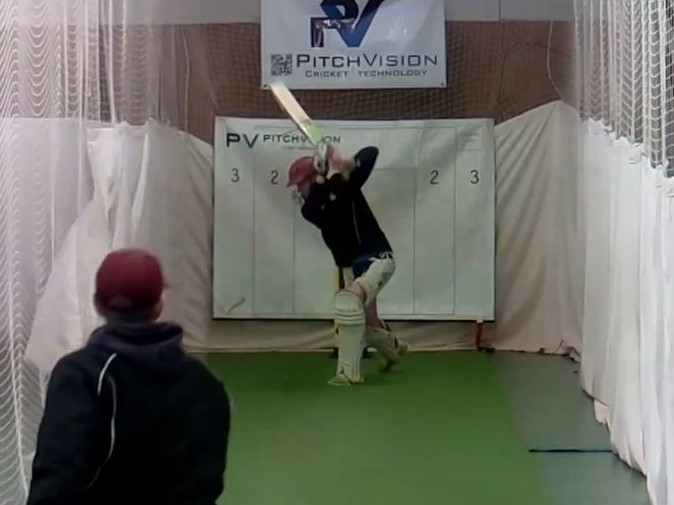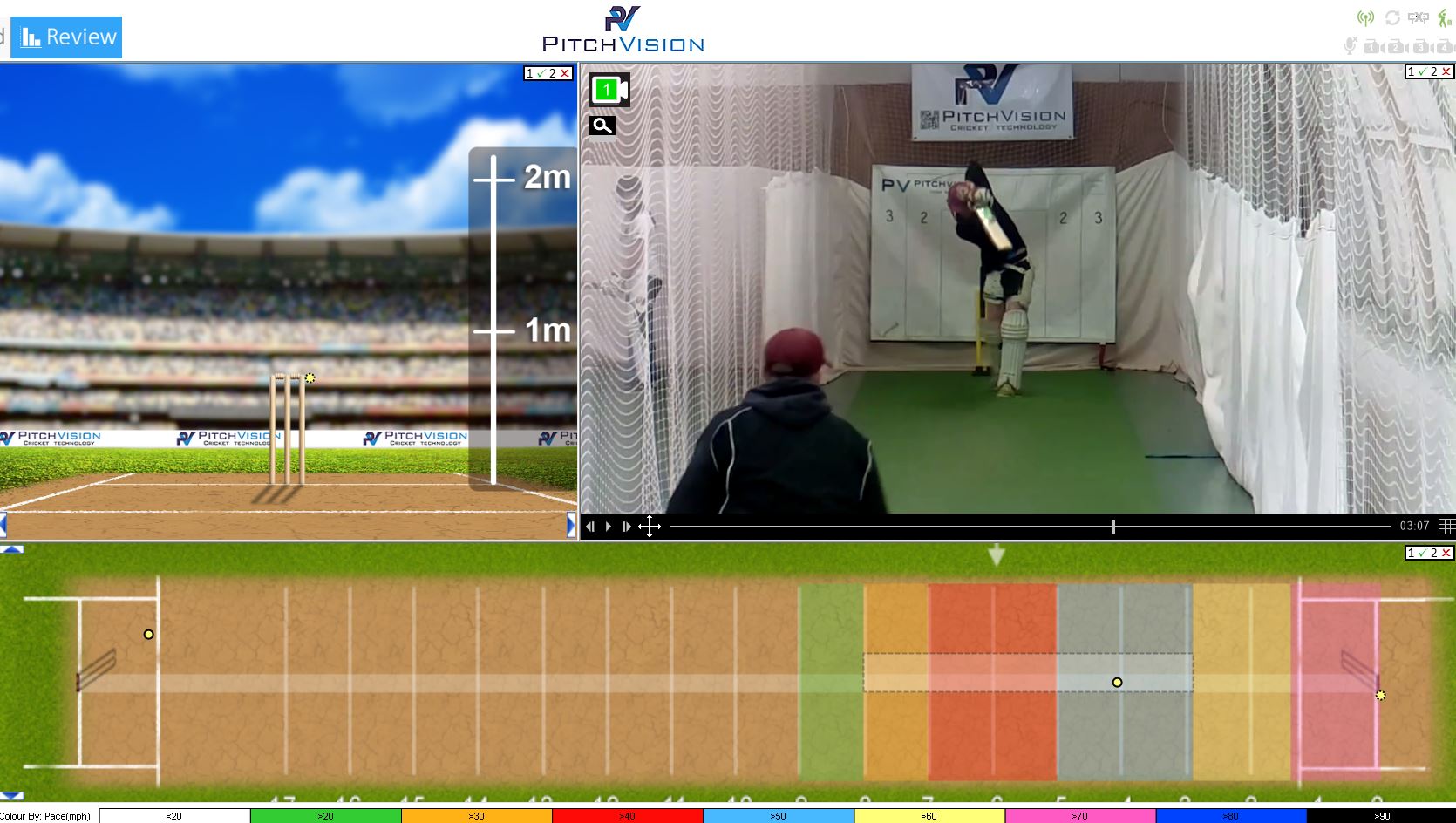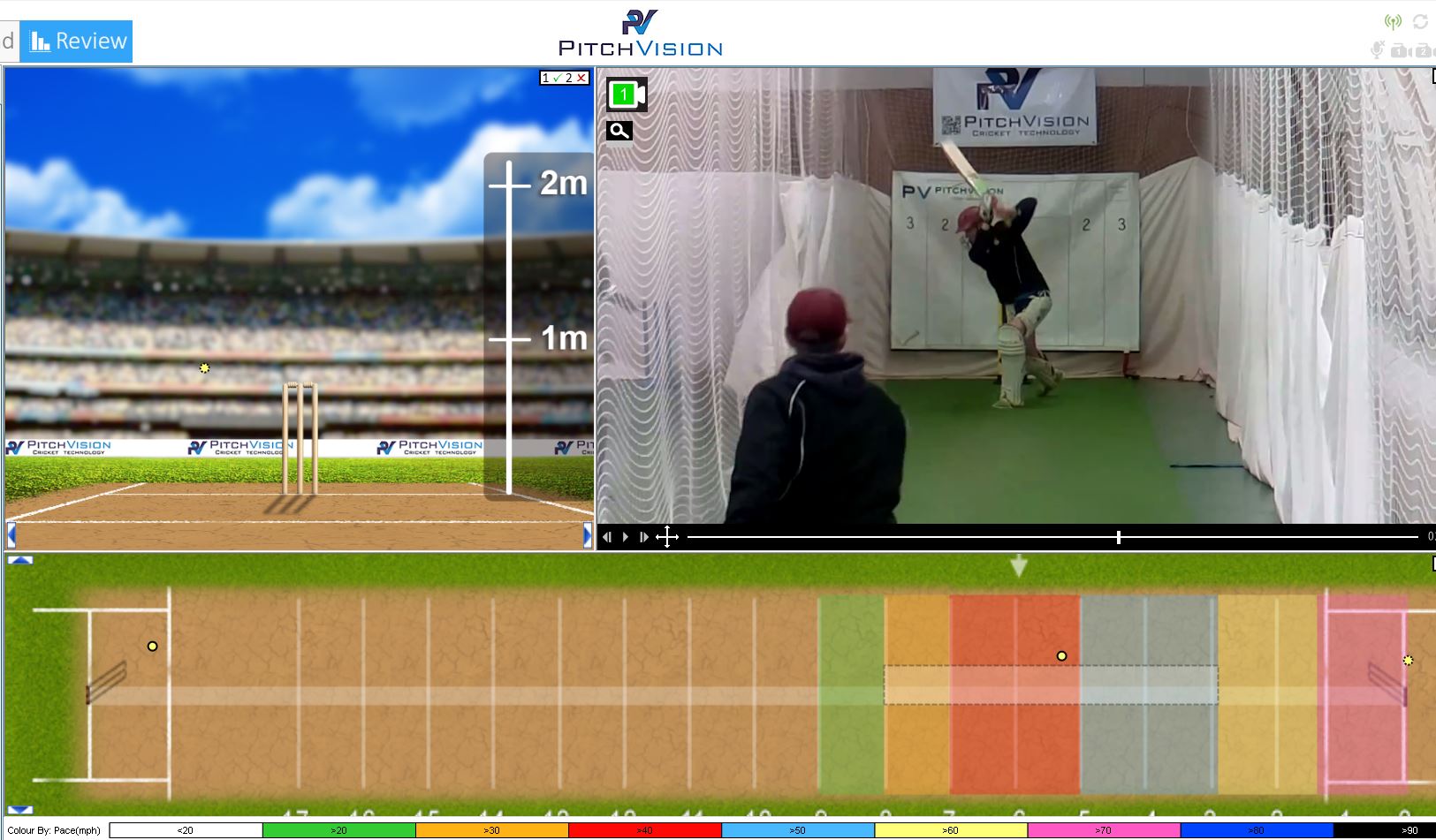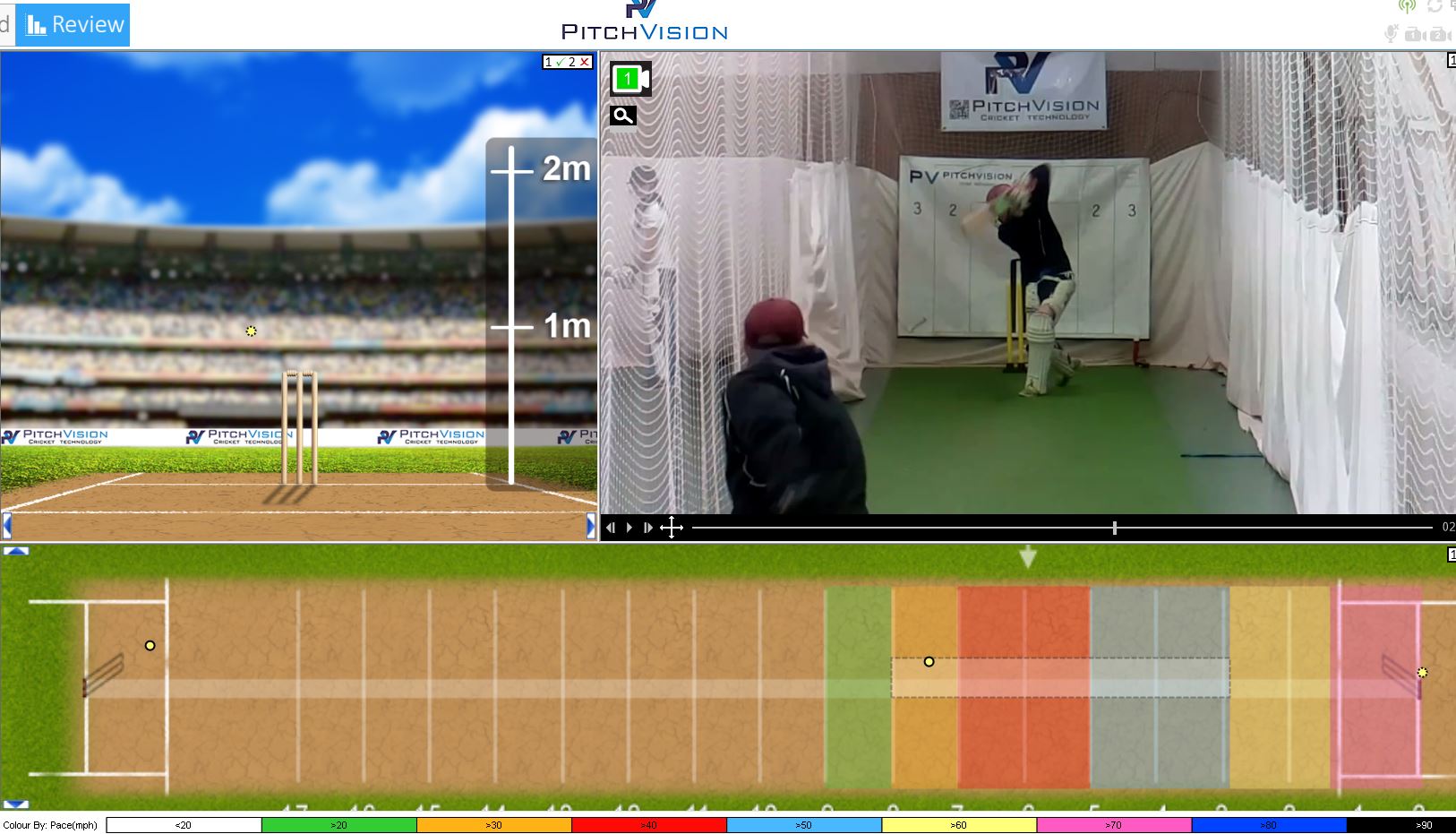|
 Last night I had a session with a batsman that revealed something exciting about modern technical batting coaching and got an instant result. Last night I had a session with a batsman that revealed something exciting about modern technical batting coaching and got an instant result.
As you know, I talk often about how “one size fits all” is false and the textbook method restricts batsman rather than helping them.
This is true, but it leads to a batting dilemma. How do you know when you are doing it right if you don’t have a template to follow?
Getting back to your best
In the one to one session I had last night, the batsman came to me concerned about his technique. As a player with a fine pedigree, I knew he would have the basics firmly in place, but he wanted to return to his best before the season began.
I threw balls with the Sidearm cricket ball thrower at various lengths and studied his method.
We chatted between deliveries about back swing, follow-through, and where he got his timing from.
He’s a classical style batsman with a wonderful drive (front and back foot) that spans extra cover to midwicket. He has great top hand control, and uses his top hand timing to generate power in his shots. Here's an example from the PitchVision video footage:

Tools you would expect a top-class batsman to possess.
So where was the doubt coming from?
Sherlock does cricket
He mentioned in passing that he felt far less confident playing square drives and cuts. He felt there was less power and this was restricting his play.
I mentioned perhaps, as he is so skilled with top hand “touch” play, that he treats wider balls outside off as drives, but play them a little later (under the belly button rather than under the eyes).
This way, I figured, he would be playing to his strengths and hitting the ball harder even though he is using less bottom hand.
Of course, this was a hunch.
Yet, it also worked straight away.
He was freed from the restriction of trying to do things in the orthodox way and played several powerful square drives, letting his body lean into the shot and his top hand power the ball with great timing: his strengths.
He said at one point “ I feel as if that shot was 20 years in the making!”
Here's that shot, played to a ball that was not a drive length and wide, but was hit from the front foot and played late, with a great outcome:

He got so confident with the shot he was playing it to short balls:

The lesson here is not how great a coach I am - although if you think that, I won’t stop you - it is that by recognising the clues your body gives you, you can experiment with different ways of trying to get the same outcome.
Even if it is not the “proper” way you have been taught.
Why this technique won’t work
Some people might think that if square driving and cutting on the front foot is effective for this player, it must be good for them.
You can’t assume that.
It might be true. But it also might be that you are strong with your bottom hand and this method will be frustrating to you.
So, ignore the technical tip.
Instead, take the idea that everyone has a way of playing that works for them. It’s your job to find it (or help them find it if you are a coach).
Ask yourself where your strengths are. Think about what feels right and what you do when you play well. Now look to adapt that method to areas where you are weaker.
In this case, the batsman felt great playing later and using his left hand as the dominant hand. With instant results. You can get the same effect is you apply the method rather than copy the technique.
Discuss this article with other subscribers
|

.jpg)



.jpg)

